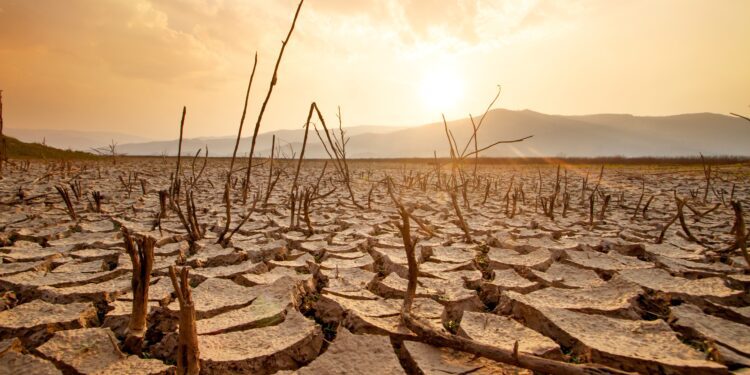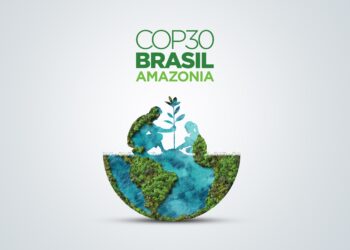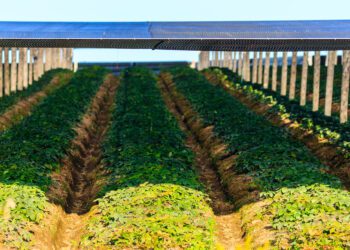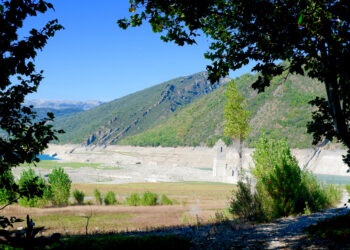The current state of global drought severity
The years 2023-2025 have witnessed some of the most widespread and damaging droughts in recorded history, OECD data shows. This isn’t a random occurrence, but the culmination of long-term trends.
A report from the United Nations Convention to Combat Desertification (UNCCD) has identified drought hotspots. These are regions where the convergence of climate change, human activities (like land mismanagement and water overuse), and environmental vulnerabilities has created a critical feedback loop, fuelling and intensifying water scarcity.
The Horn of Africa is one such hotspot. Five consecutive years of failed rainy seasons in Ethiopia, Somalia and Kenya brought the worst drought in 70 years to the region by January 2023.
In Somalia alone, an estimated 43,000 excess deaths may have occurred in 2022 due to the severe drought, and over one million Somalis were displaced.
The situation has only deteriorated, as the UN warned earlier this year that 4.4 million people – nearly a quarter of the population – could face “crisis” levels of food insecurity between April and June 2025.
Ecosystem impacts
The impacts of drought can persist long after rainfall returns. Dubbed a “drought legacy“, this extreme weather event can reshape landscapes by altering soil systems and the ecosystem services its inhabitants rely upon.
Forests are particularly affected. Drought-induced tree mortality creates a cascade of effects, from reducing canopy cover and changing the forest floor microclimate to diminishing the diversity of forest plant communities.
Soil moisture retention declines, the concentration of pollutants in rivers rises and species richness is reduced.
All of these changes have a lasting effect on ecosystems, yet the impact we often feel most keenly is on food security.
Food security
In developing countries, agriculture is the sector most affected by drought, absorbing up to 80% of all direct impacts. With one-quarter of the world’s workforce employed in this industry, livelihoods are placed at risk when drought hits arable land.
Modern society depends upon key infrastructure such as energy systems and global trade – both of which can dry up.
Hydropower systems are particularly vulnerable to drought. A study from the University of Alabama found that the industry lost an estimated $28 billion between 2003 and 2020 due to drought-related reductions in generation.
Read the full article by Tom Crowfoot / World Economic Forum












